PPT-The changing vaccination landscape and the sources of vacci
Author : debby-jeon | Published Date : 2016-09-15
Technical Consultation on Vaccination Data in Household Surveys 2324 July 2015 ICF International Rockville Maryland USA Marta Gacic Dobo WHO Routine Immunization
Presentation Embed Code
Download Presentation
Download Presentation The PPT/PDF document "The changing vaccination landscape and t..." is the property of its rightful owner. Permission is granted to download and print the materials on this website for personal, non-commercial use only, and to display it on your personal computer provided you do not modify the materials and that you retain all copyright notices contained in the materials. By downloading content from our website, you accept the terms of this agreement.
The changing vaccination landscape and the sources of vacci: Transcript
Download Rules Of Document
"The changing vaccination landscape and the sources of vacci"The content belongs to its owner. You may download and print it for personal use, without modification, and keep all copyright notices. By downloading, you agree to these terms.
Related Documents

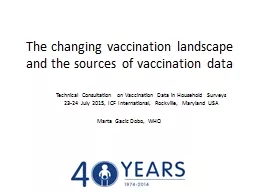
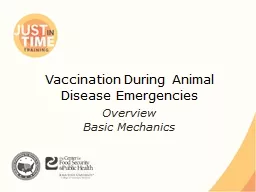

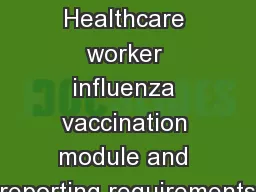
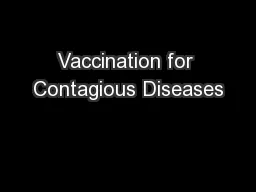

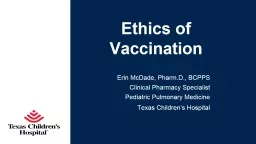
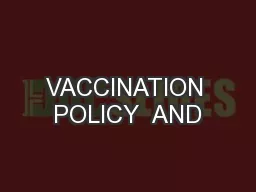

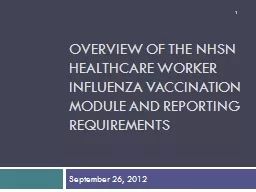
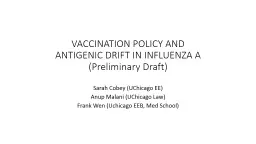
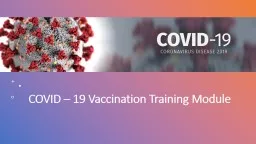
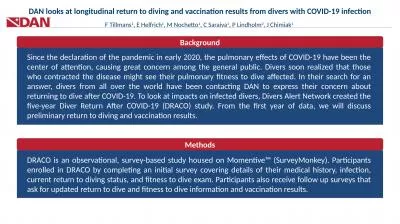
![Immunisation, vaccination and anaphylaxis [Part 1]](https://thumbs.docslides.com/1044863/immunisation-vaccination-and-anaphylaxis-part-1.jpg)